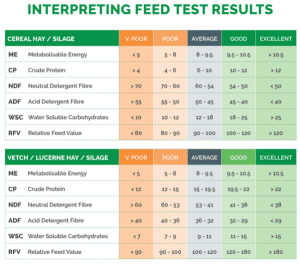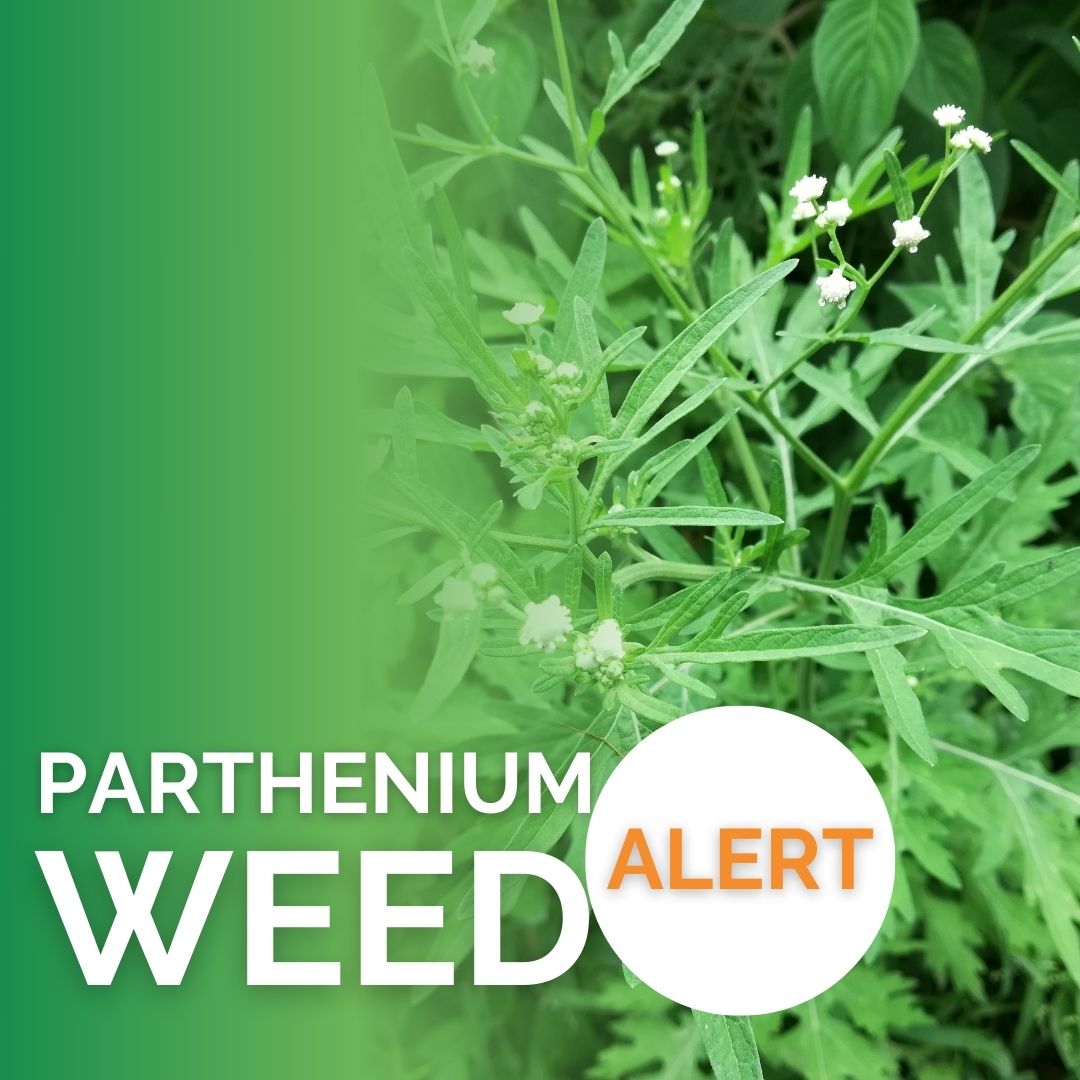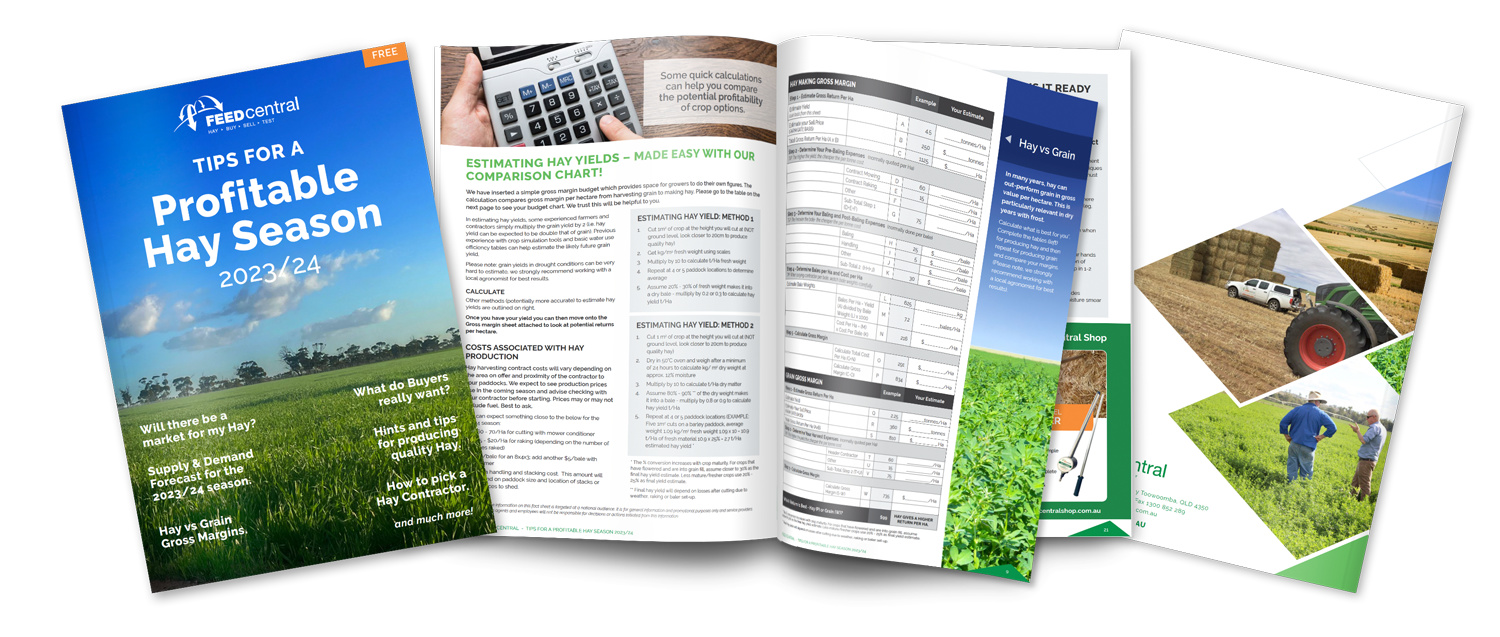You may now have your feed testing samples done but why are the samples different? There are many factors which can influence the nutrient profile of a forage, including species and variety, maturity, soil, growing and harvesting conditions.
I hope this article helps you understand why different products test so differently!
STRAW, HAY & SILAGE
As a plant increases in maturity, the nutrient profile will alter. A forage which is young, and immature possesses more leaf and minimal stem, and consequently is higher in nutrients and more digestible. This is the ideal maturity for making hay or silage, preserving a nutritious feed source.
Silage has the potential to be a higher nutritive source than hay, providing it is made and stored correctly. Silage is able to be made from quite immature crops (when the head is in the boot stage), boosting nutritive value. It also requires a shorter curing time, during which the product is less prone to losing nutrients.
Straw is the product which remains after the plant has completed grain production (reproductive phase). A plant focuses its resources and energy on the creation of grain, which results in a compact nutritive source, but leaves a highly fibrous forage product in the form of Straw.
See our article on how to perform feed testing samples.
CEREALS, GRASSES & LEGUMES
Nutrient-dense zones of a plant are in their leaves and their reproductive units (grain). These are the locations at which plants focus their energy for growth and reproduction, and so these are the locations of greatest nutrients. Cereals are plants which belong in the grass family, whose seed/grain is harvested for feed. These include Barley, Wheat, Oat, Sorghum, Millet, Triticale, and Corn. Generally speaking, grasses and cereals have more structure to the plant compared to legumes. This increased structure is associated with thicker plant cell walls, and the large fibre (NDF) component of the plant. This provides important ‘bulk’ to ruminants, ensuring the proper functioning of the rumen. Advanced maturity will result in grass leaves becoming more lignified and less digestible.
Cereals are able to obtain a higher sugar content (WSC) than legumes. However, this sugar content will decrease s grain filling begins, as the plant prioritises this energy source for its own reproduction.
When compared to other cereals, oaten forage tends to have a greater yield, but does contains less grain as a proportion of total biomass, lowering its nutritive value in comparison to other cereals. In addition, oats are prone to thicker stems, resulting in a higher structural carbohydrate content.
In contrast, legumes contain more nutrient-dense leaf, with less structure, resulting in greater protein, energy and micronutrient content as compared to grasses. However, the lignin proportion of the fibre is greater, making this fibre source less digestible to the animal than cereals. Examples of legumes are Lucerne, Vetch, Clover, Pea, Bean, Lentils, and Lupins.
Vetch and lucerne are comparable in nutritional value, but lucerne tends to have a slightly higher energy content.
INTERPRETING FEED TEST RESULTS
Here is a comparison chart for you to use and refer back to when you have a Feed Test in your hands:

-
Why Does Hay Get Dusty And What Causes It?
Author Neville Janke Neville Janke is a qualified agronomist and Horticulturist with over 20 years of experience guiding farmers in the Agricultural and Horticultural industries. With this experience, Neville has been helping long-term users of Hay and grain to experience the Feed Central way of sourcing quality Feed for hungry cattle. View all posts

